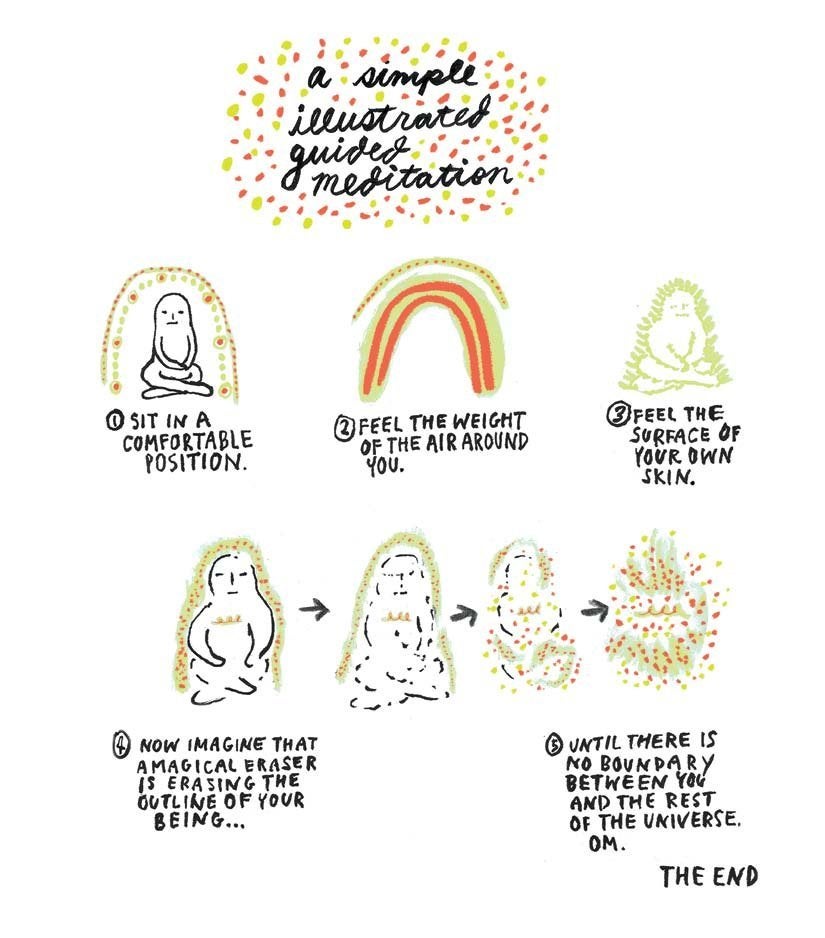“You may start each day intending to spend half an hour on your zafu, practice walking meditation in the park, or write three haikus capturing the essence of your insights. But you’re out of yogurt and broccoli, there are 237 unread emails in your inbox, your taxes were due last week, and your child has knocked out a tooth skateboarding or needs you to buy Japanese print fabric for a history project. So you put off meditating or working on your memoir for one more day. And then one more.” writes Anne Cushman (Lion’s Roar, 4 Jan 2016).
If this sounds like you, don’t worry. Anne has a 6 step plan for getting you to your daily goal. The steps are: Continue reading

